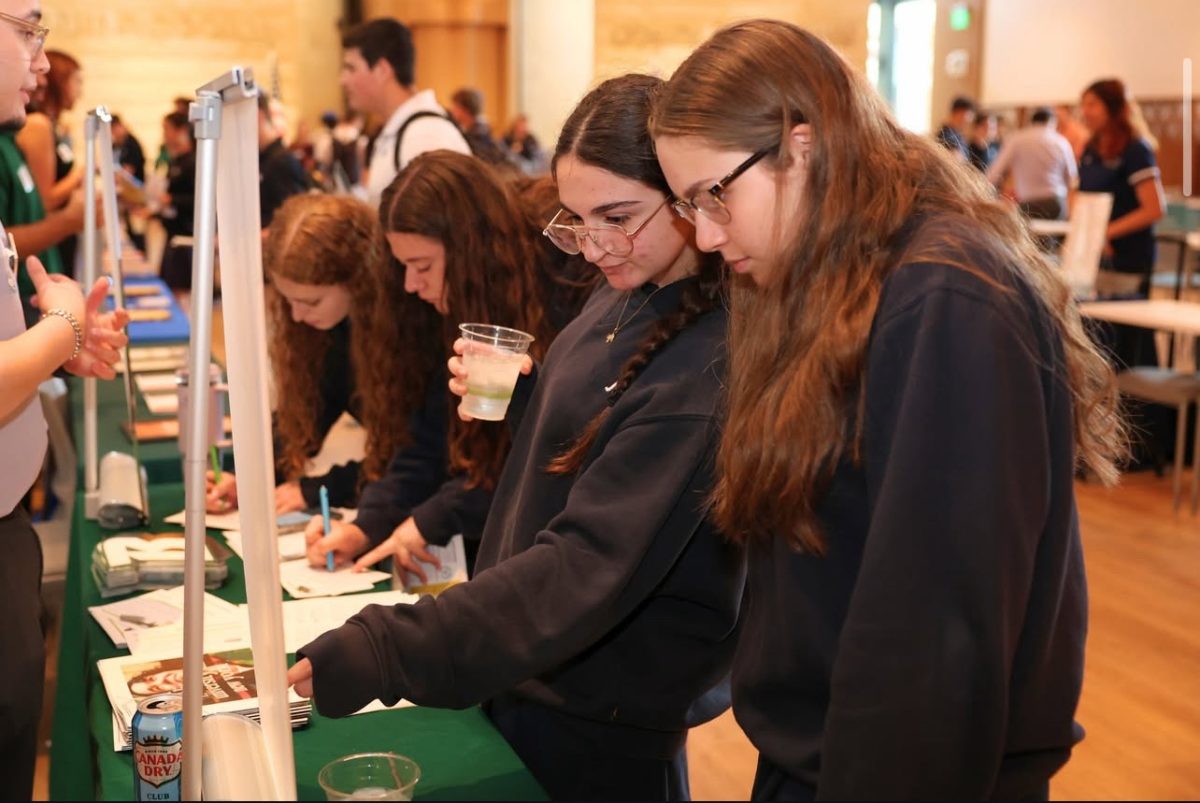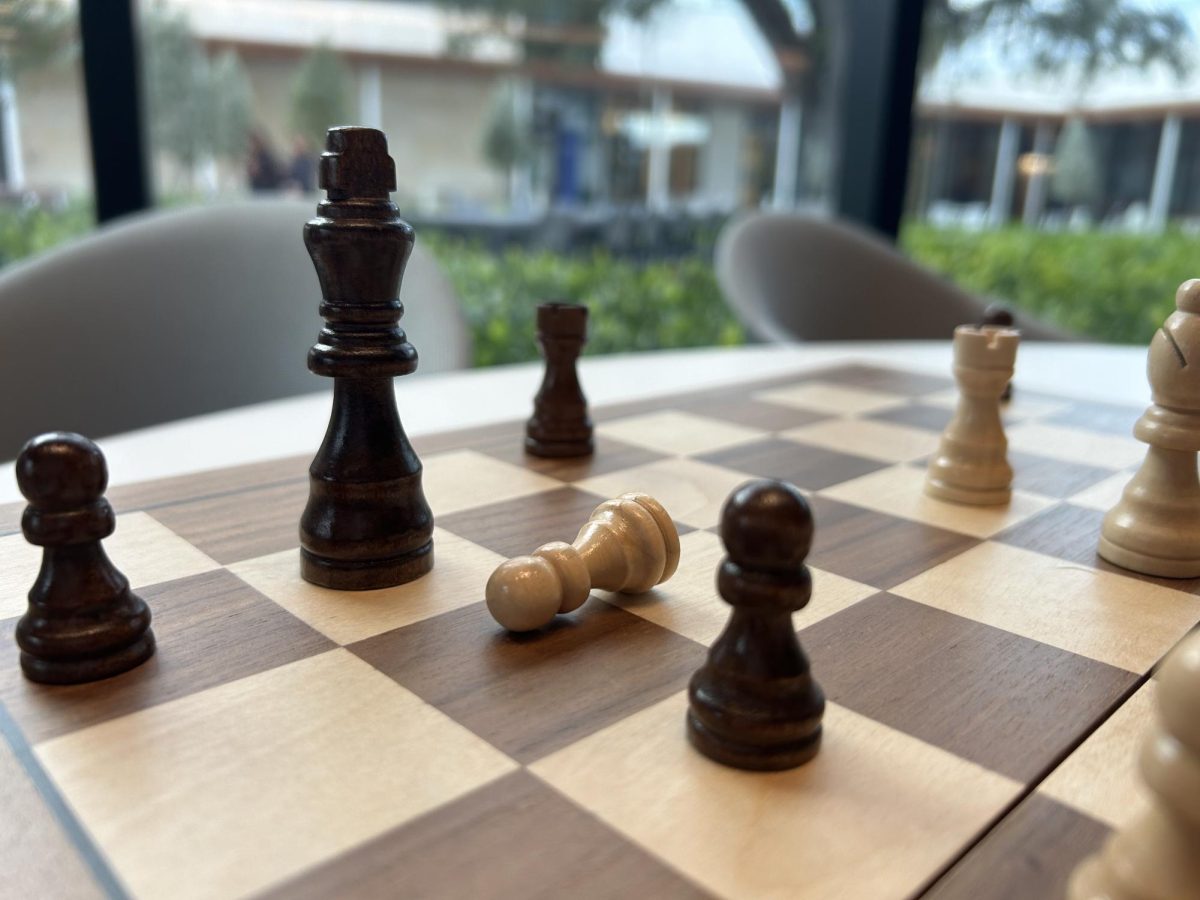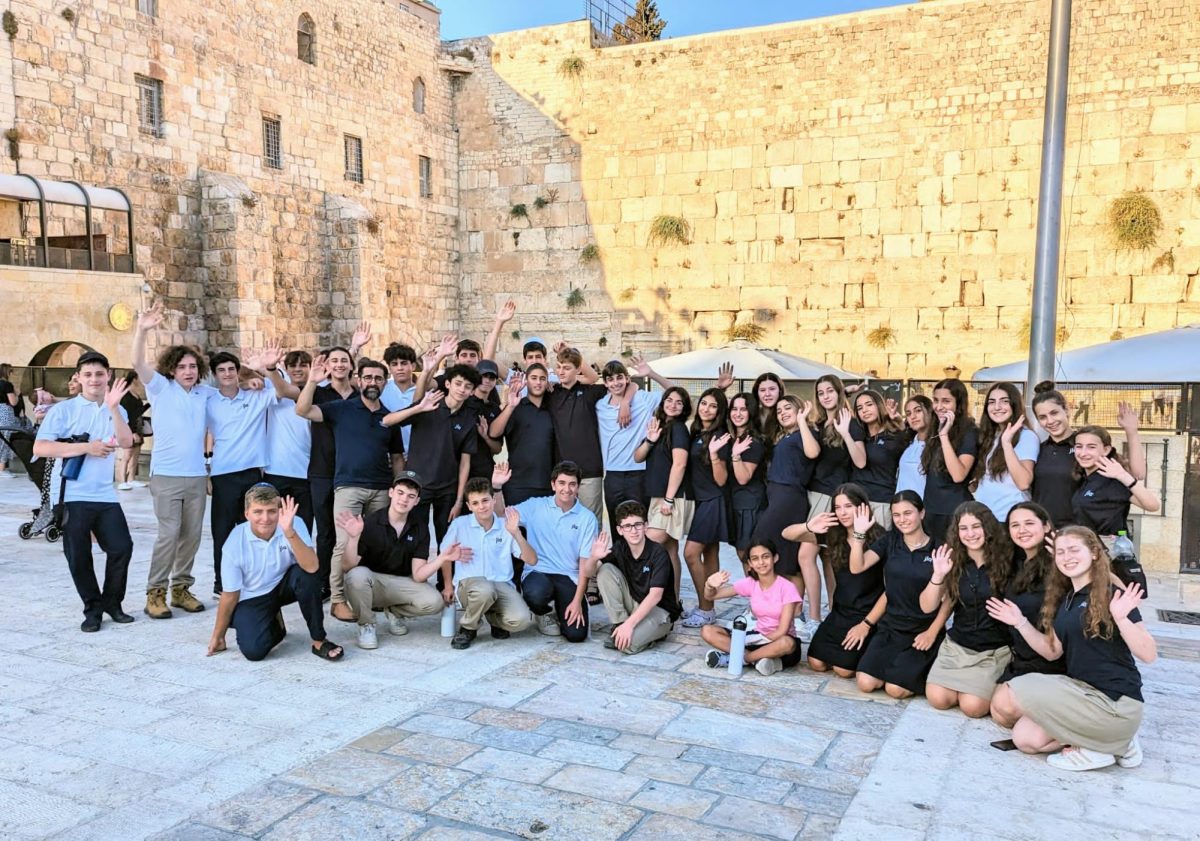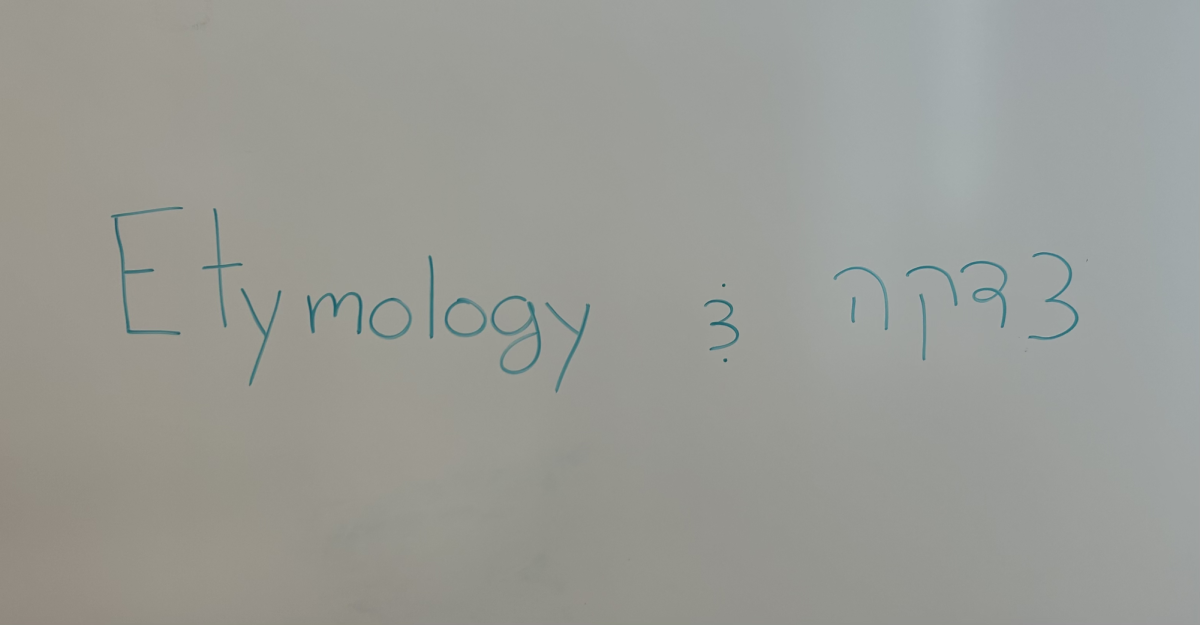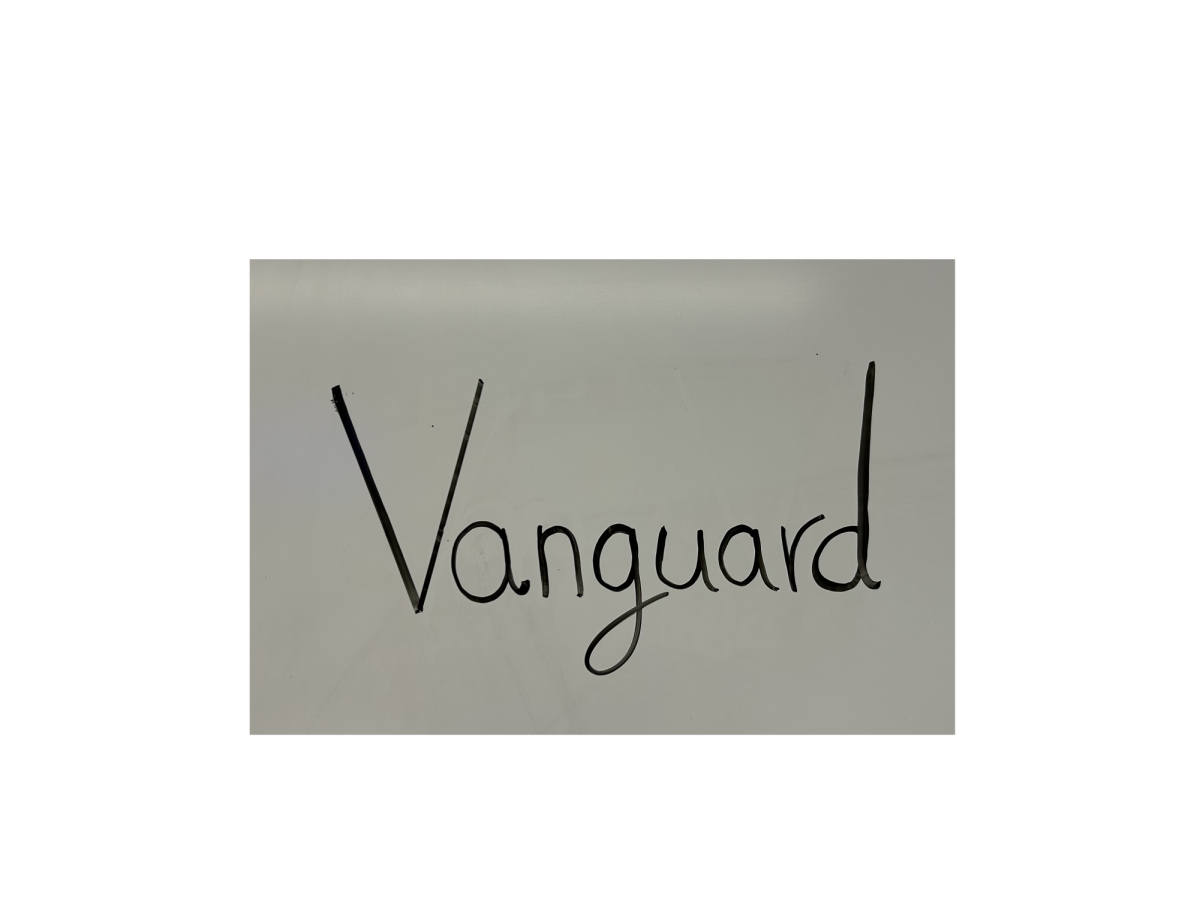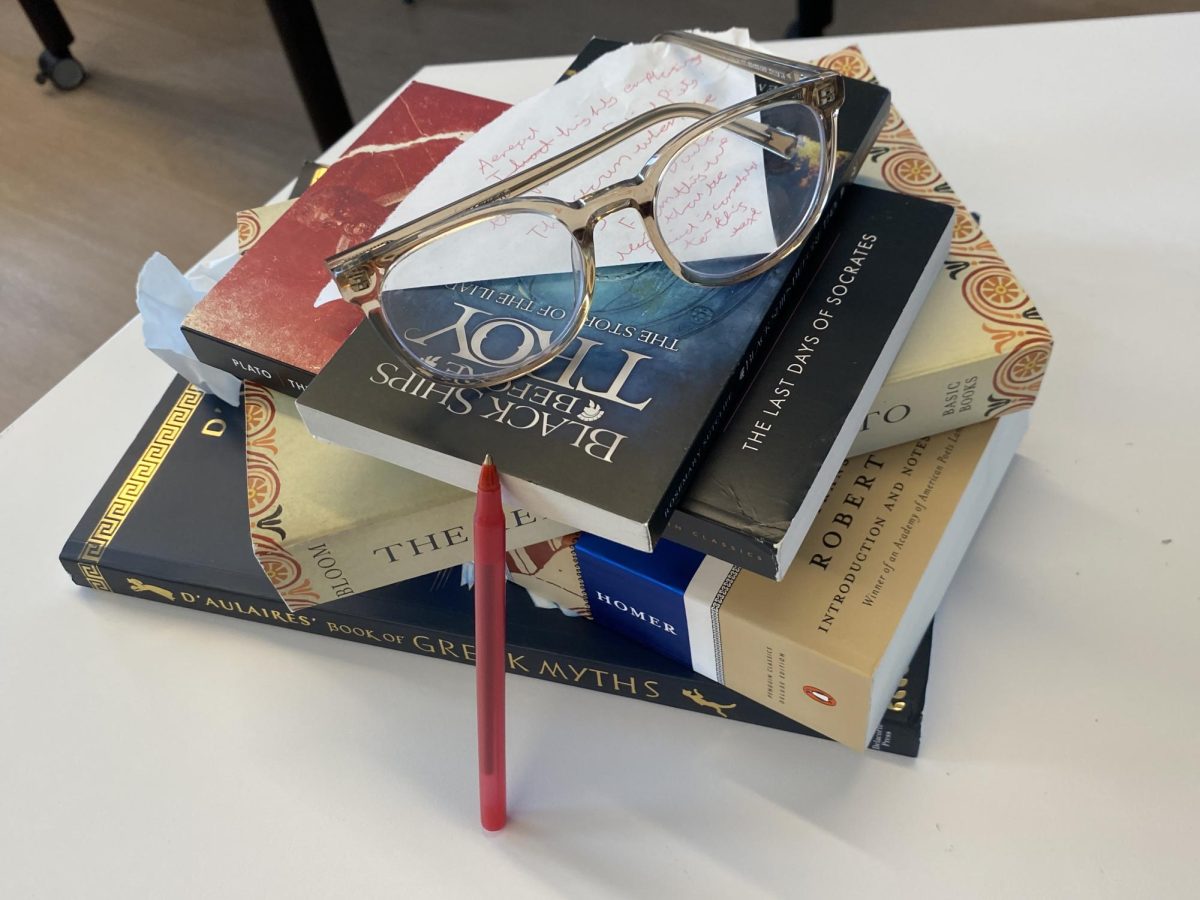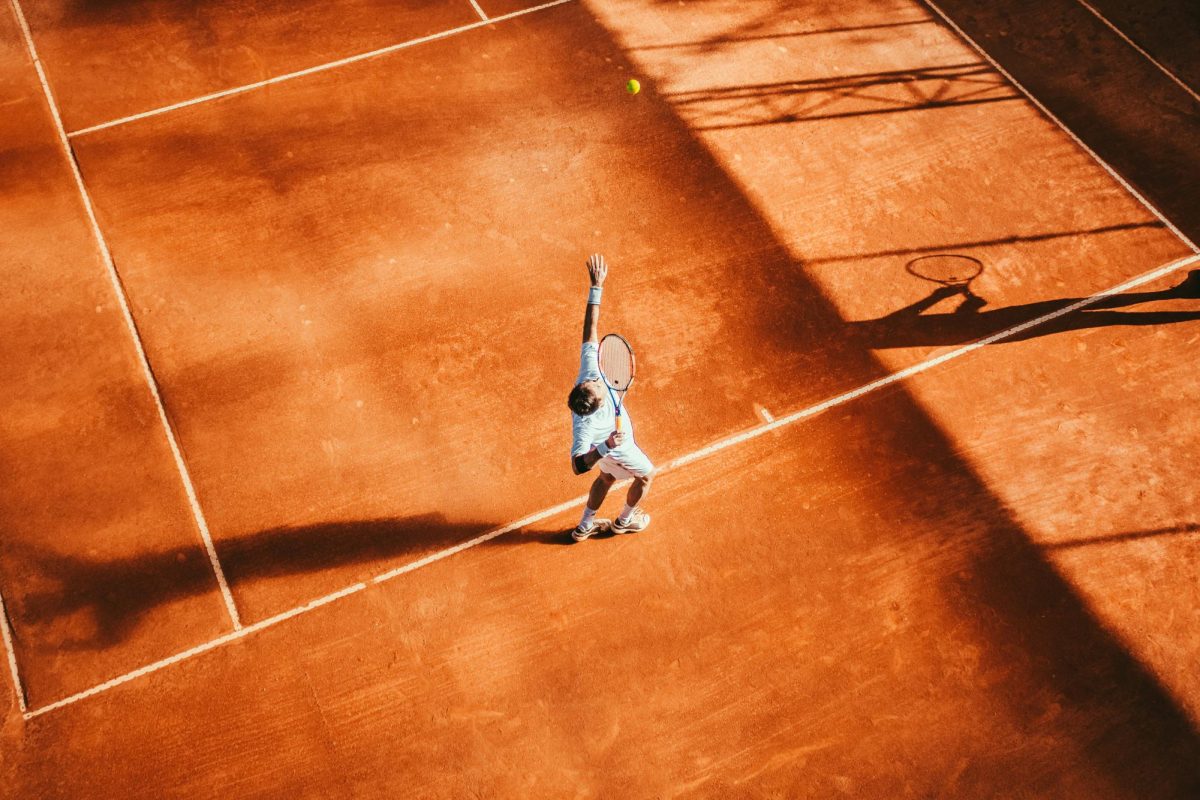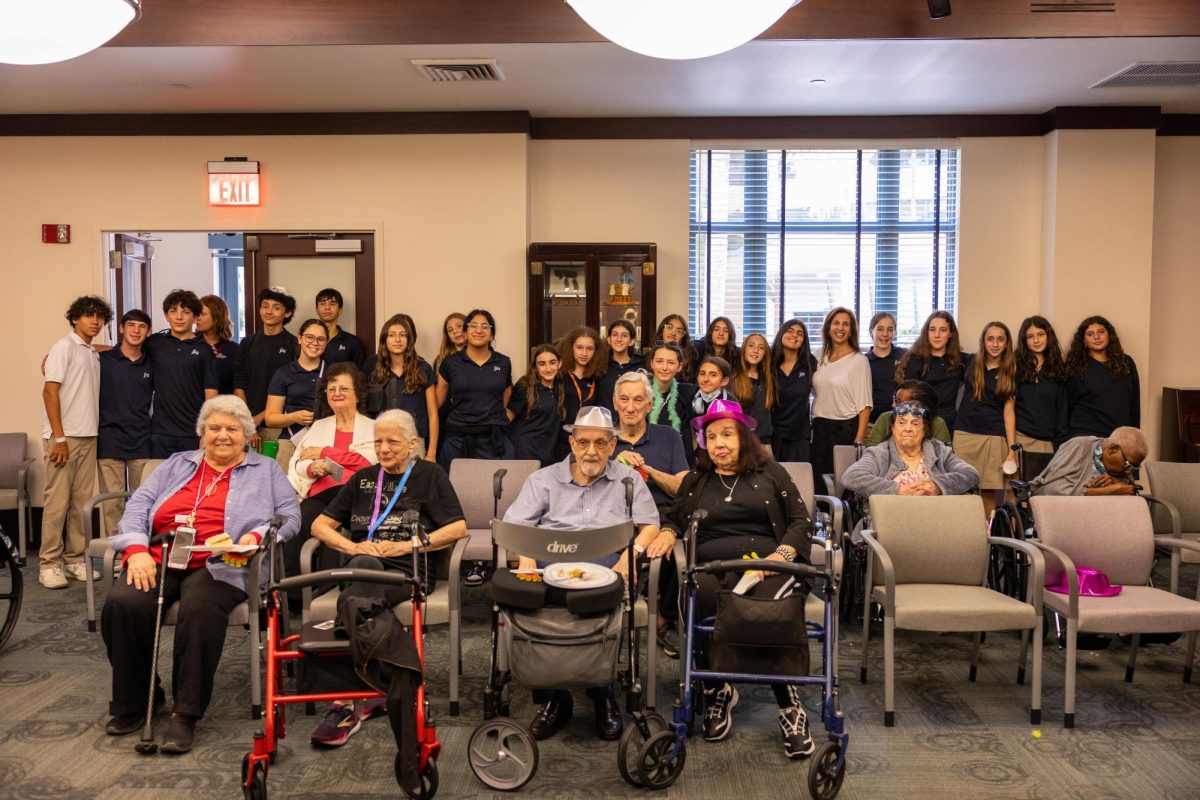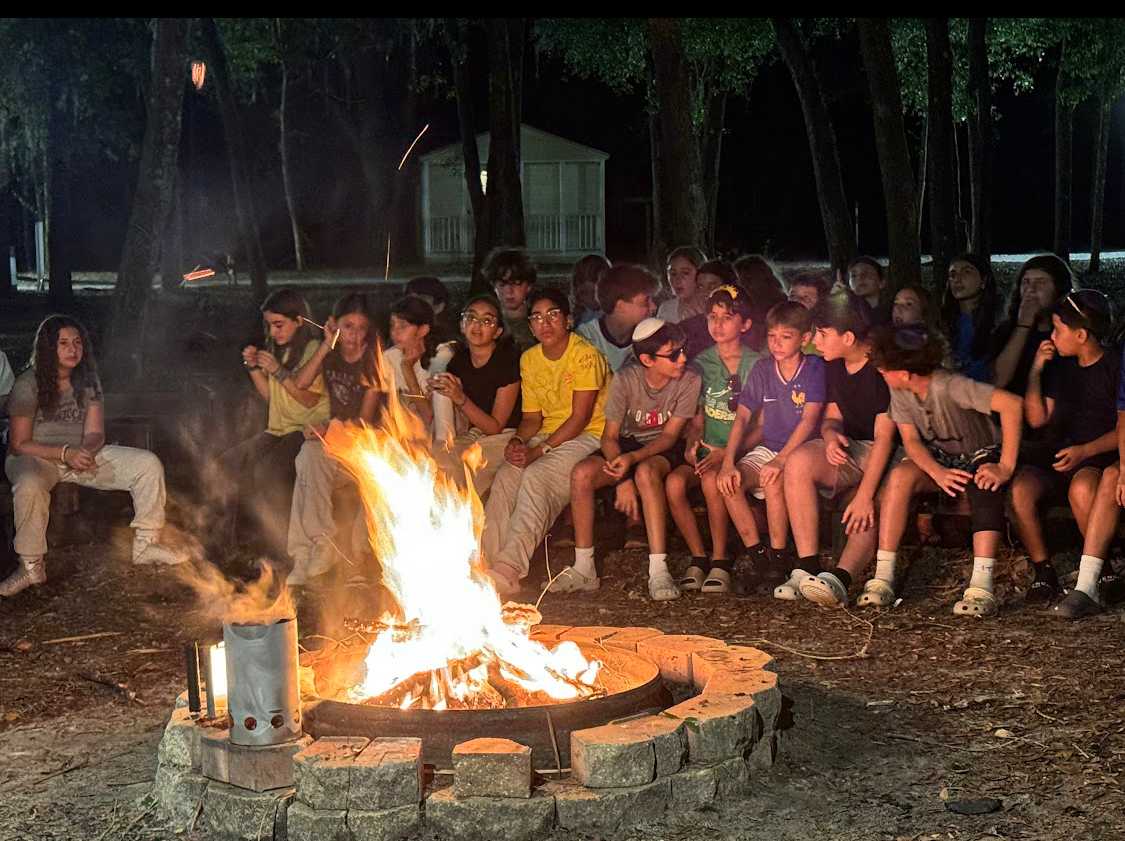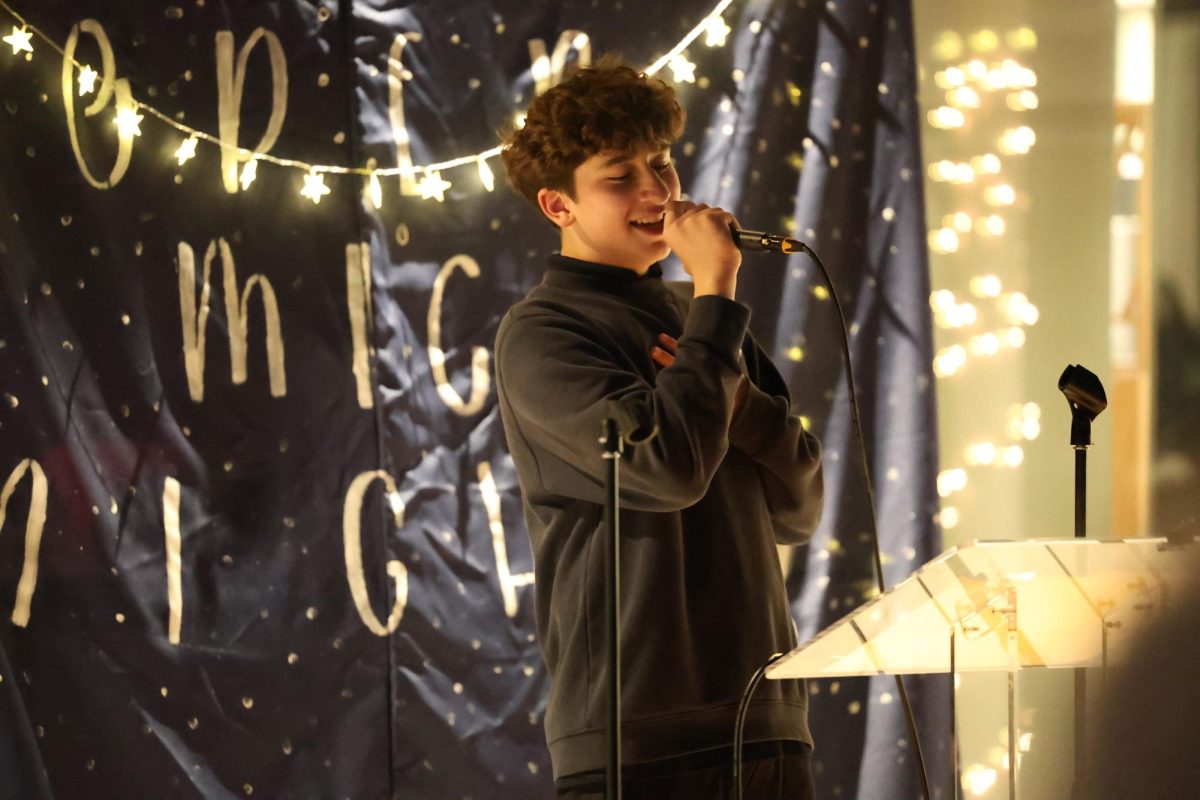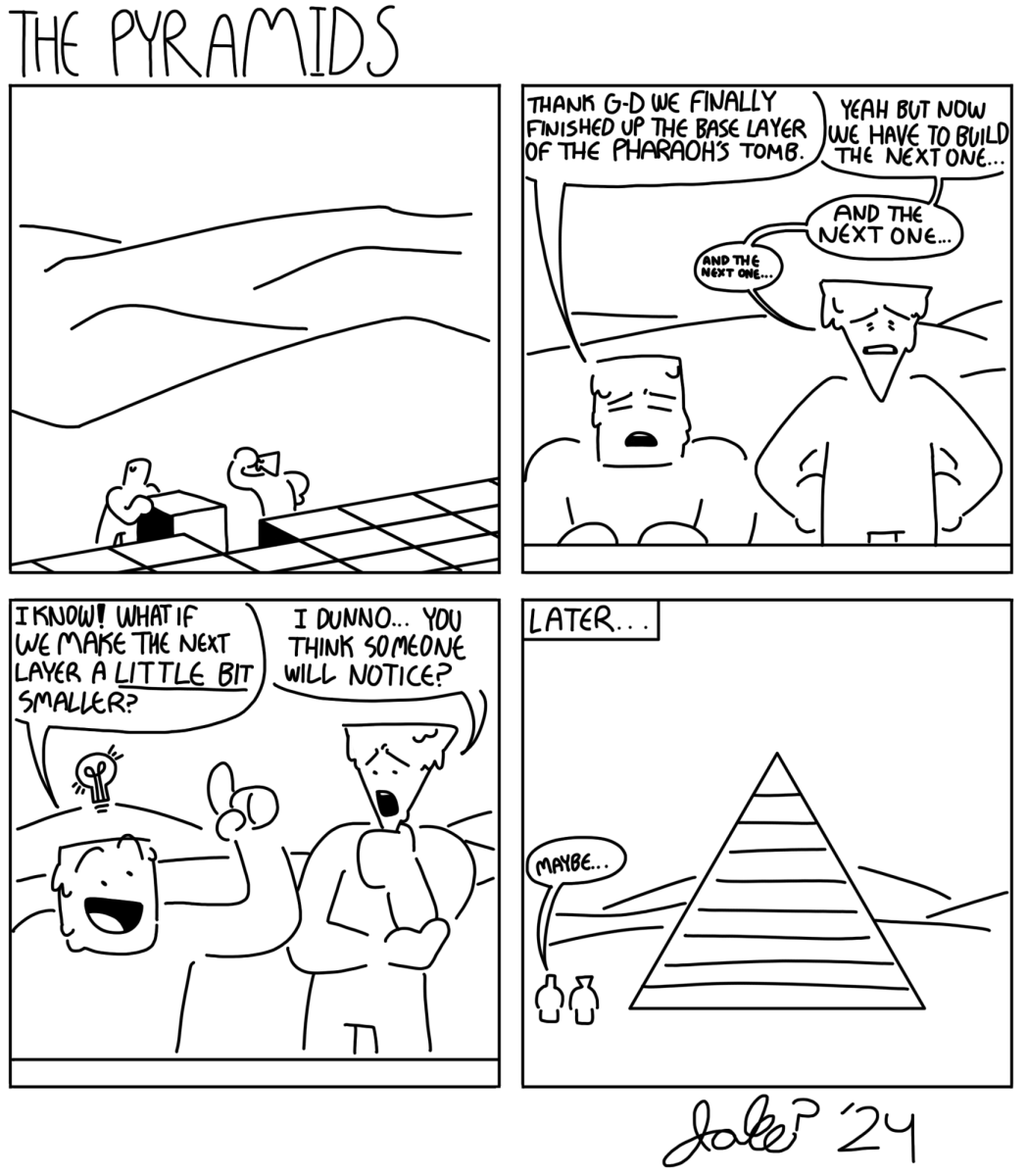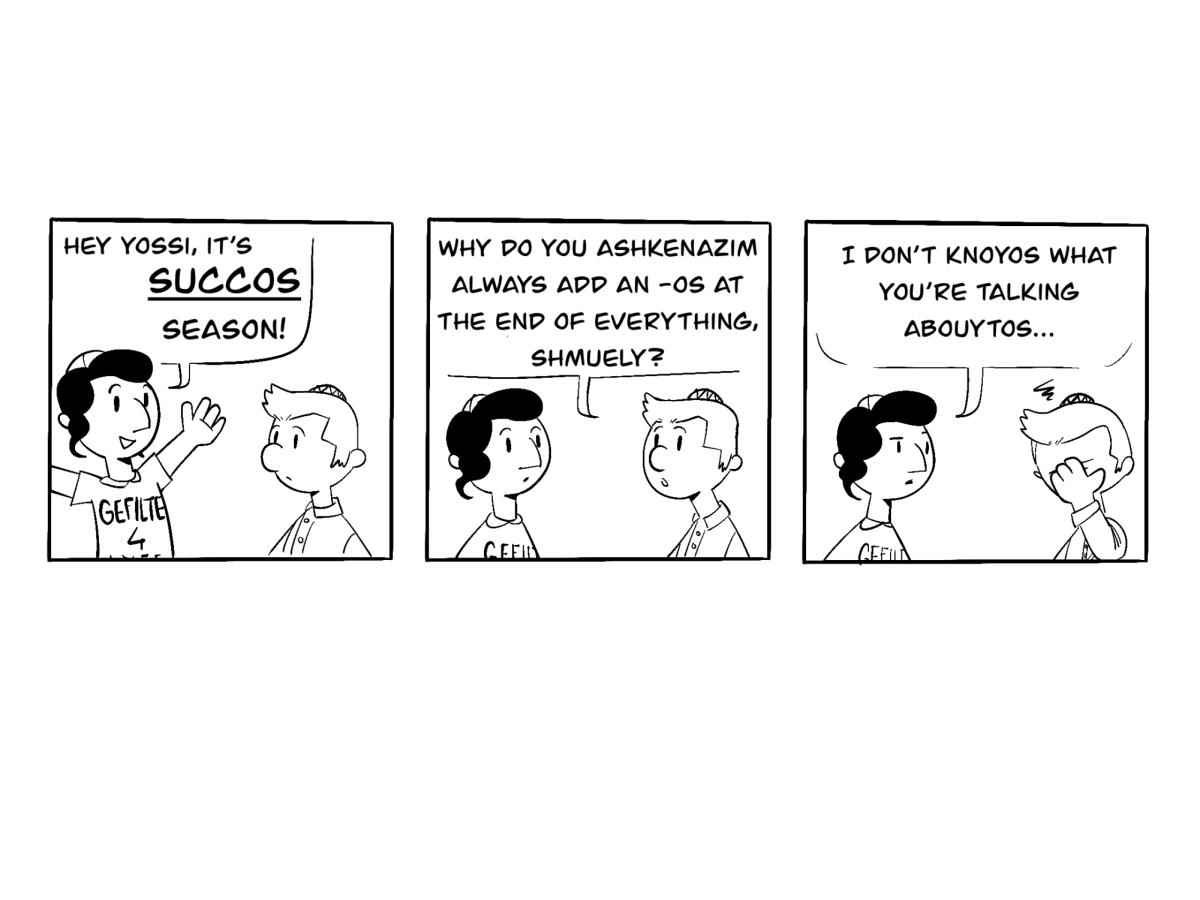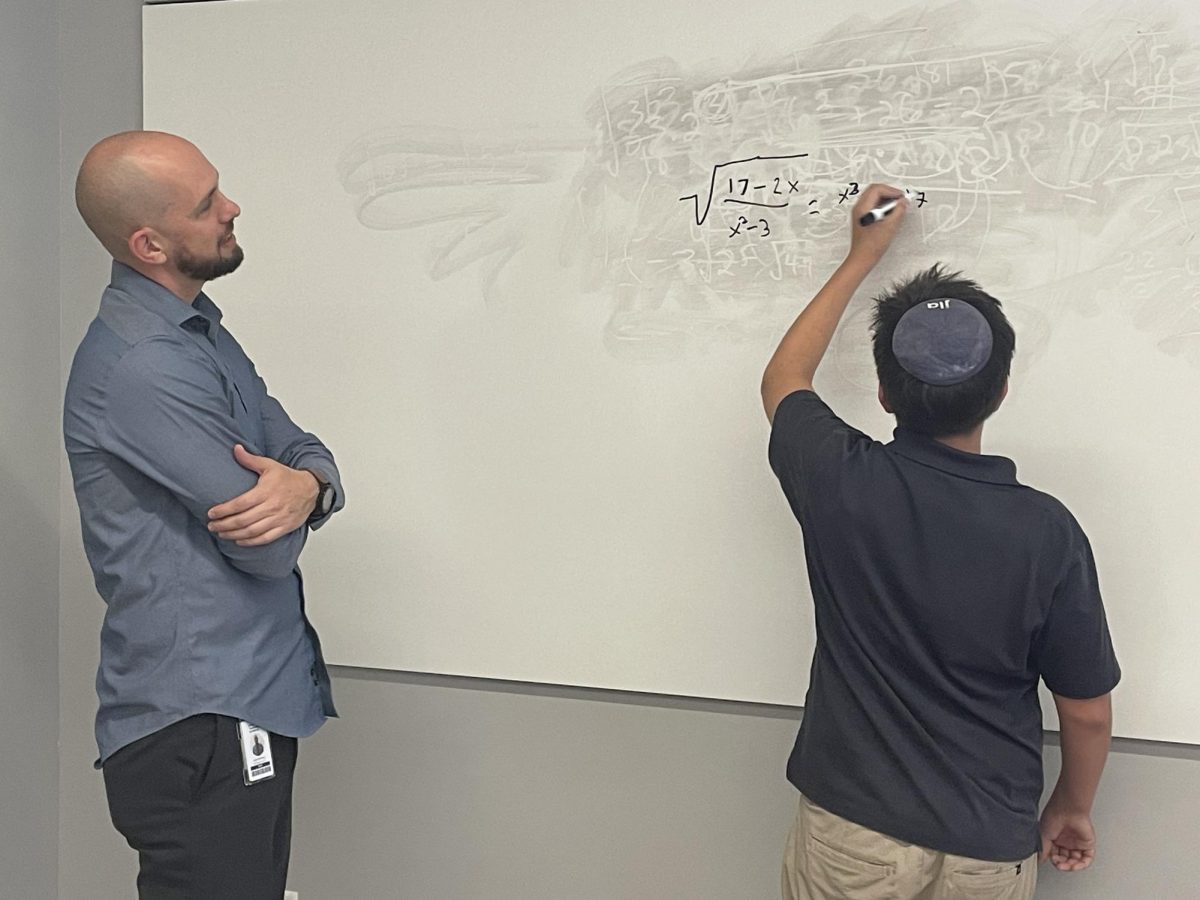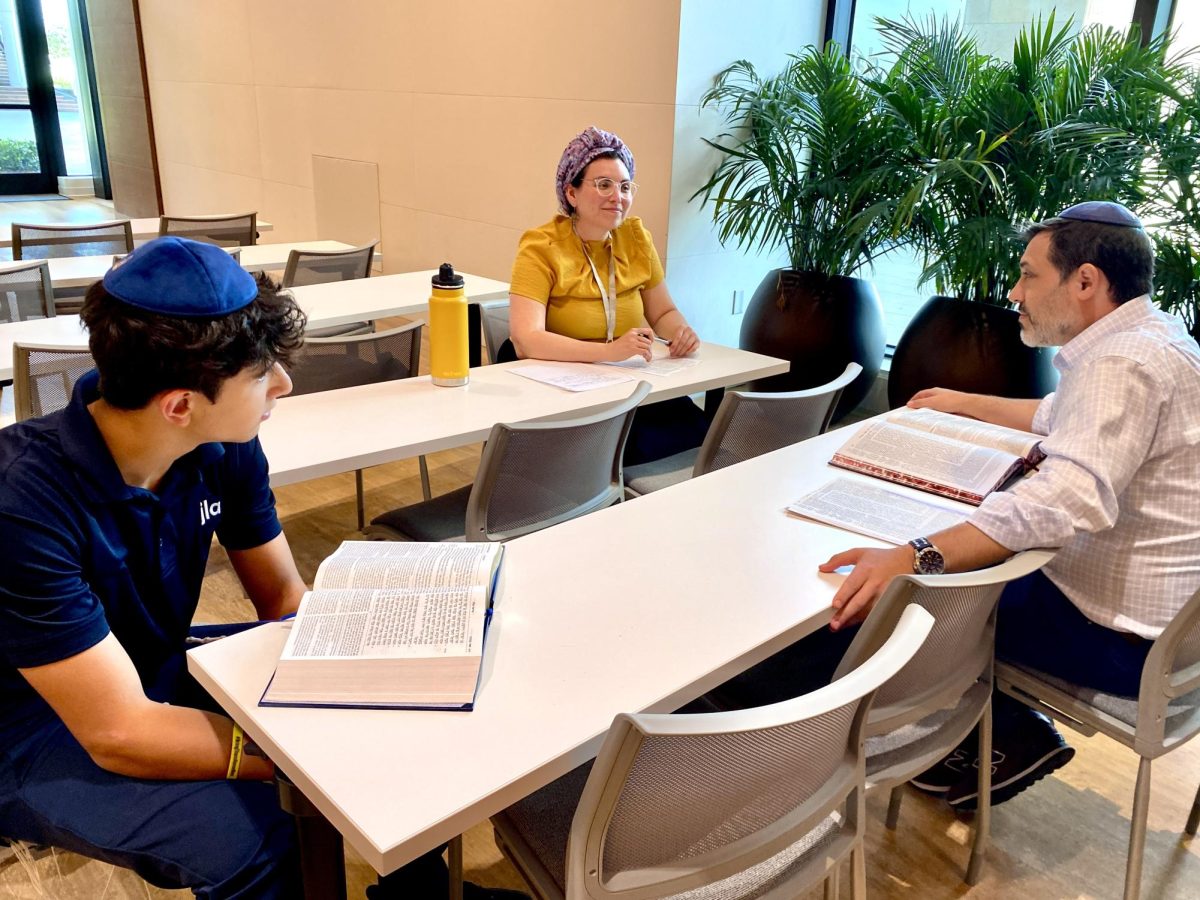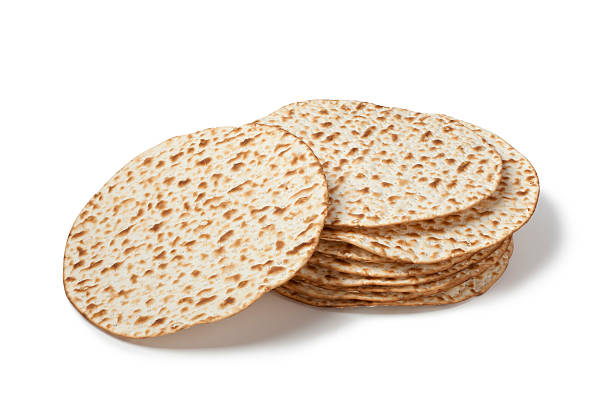The Pesach Haggadah is a book meant to accompany one through the Pesach Seder and tell the story of the ten plagues, exodus from Egypt, and the revelation on mount Sinai. The Haggadah has been a source for Pesach practices and Jewish art through the centuries and now JLA has decided to participate in this practice by writing our very own Pesach Haggadah.
With most Jewish schools when Pesach is coming up they begin teaching about the customs and practices that it entails in Judaic studies classes but this project is really a testament to JLA’s approach to Jewish learning. A hands-on experience where students can actually feel results, dive deep into their own research, as well as learn from the research their peers have done as well.
This was a school-wide project where each student was given a sentence from the Haggadah to write a 250-500 word Dvar Torah (a lesson we can learn from this piece of the Haggadah) on and they would all be compiled into one book. The Dvar Torahs that the students produced are split into three sections: a question, something that is extremely important to the Pesach Haggadah as a big part of it is getting people to ask questions so they can learn more; an answer, because what’s a question if you leave it hanging; and a Rav or Shmuel lesson. Rav and Shmuel were two of the most influential Rabbis in history and both had their own interpretations of how the Haggadah should be written, the Haggadah we use today is a mix of both and the students were asked to identify if the part they were assigned teaches a lesson from Rav’s or Shmuel’s Haggadah. These students were asked to also produce a visual component to accompany their Dvar Torah so this book isn’t only enclosed with the words of every student of JLA but also memes, drawings, and photographs of their own creation.
As mentioned in the introductory paragraph the Pesach Haggadah throughout history has also been a source of almost all archaic Jewish art. Because of a huge push against idolatry in Jewish theology there was a big taboo on drawing humans or animals because it could’ve been seen as comparable to making an idol, but slowly this idea has sort of faded away as idolatry isn’t as big as it used to be. Most of the Jewish art we have from antiquity is found in old Haggadot and this Haggadah is really no different.
Ms. Hildebidle’s art class has worked over the past month to produce art for the Haggadah including illustrations for the cover, the four sons, Chad Gadya, the splitting of the sea, the ten plagues, and even an actual physical Seder plate made with ceramic.
Through the tremendous effort of the entire JLA community including students and the Judaics staff and with such a powerful driving force behind it, it is without a doubt that this Haggadah will continue to grow as the school grows in size and the additional students will do nothing but add to this beautiful annual tradition.
